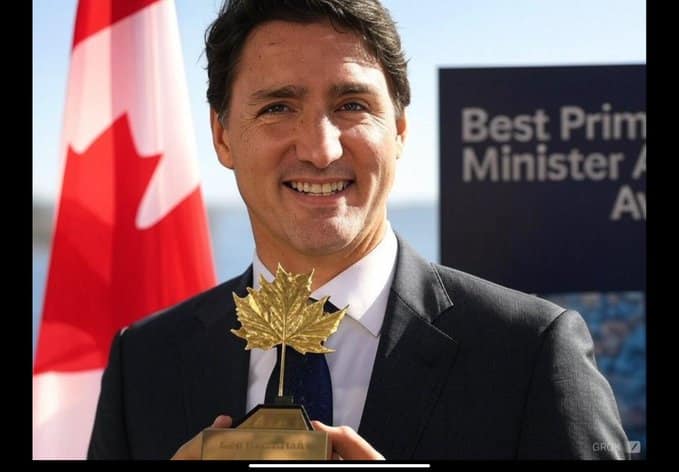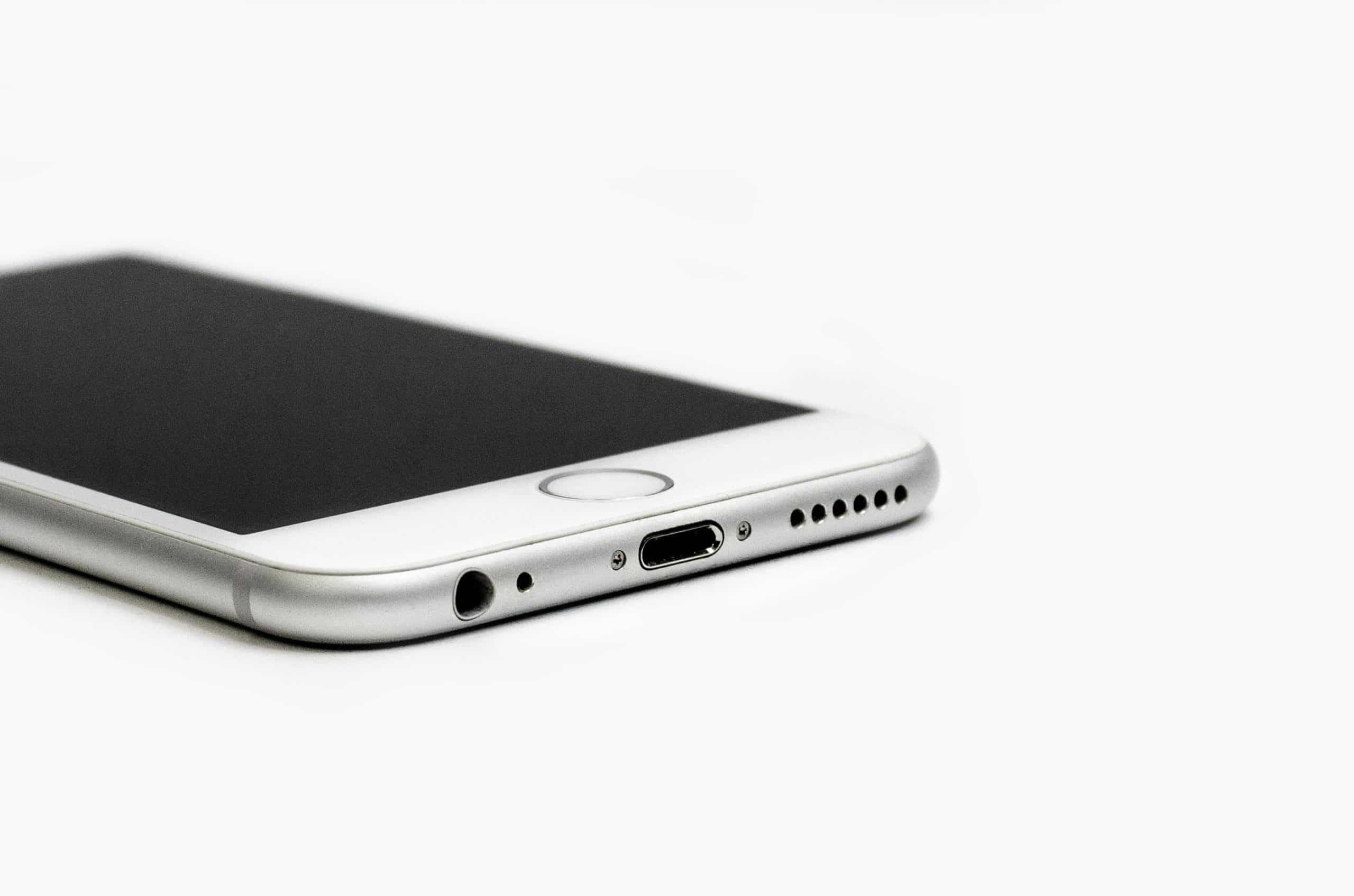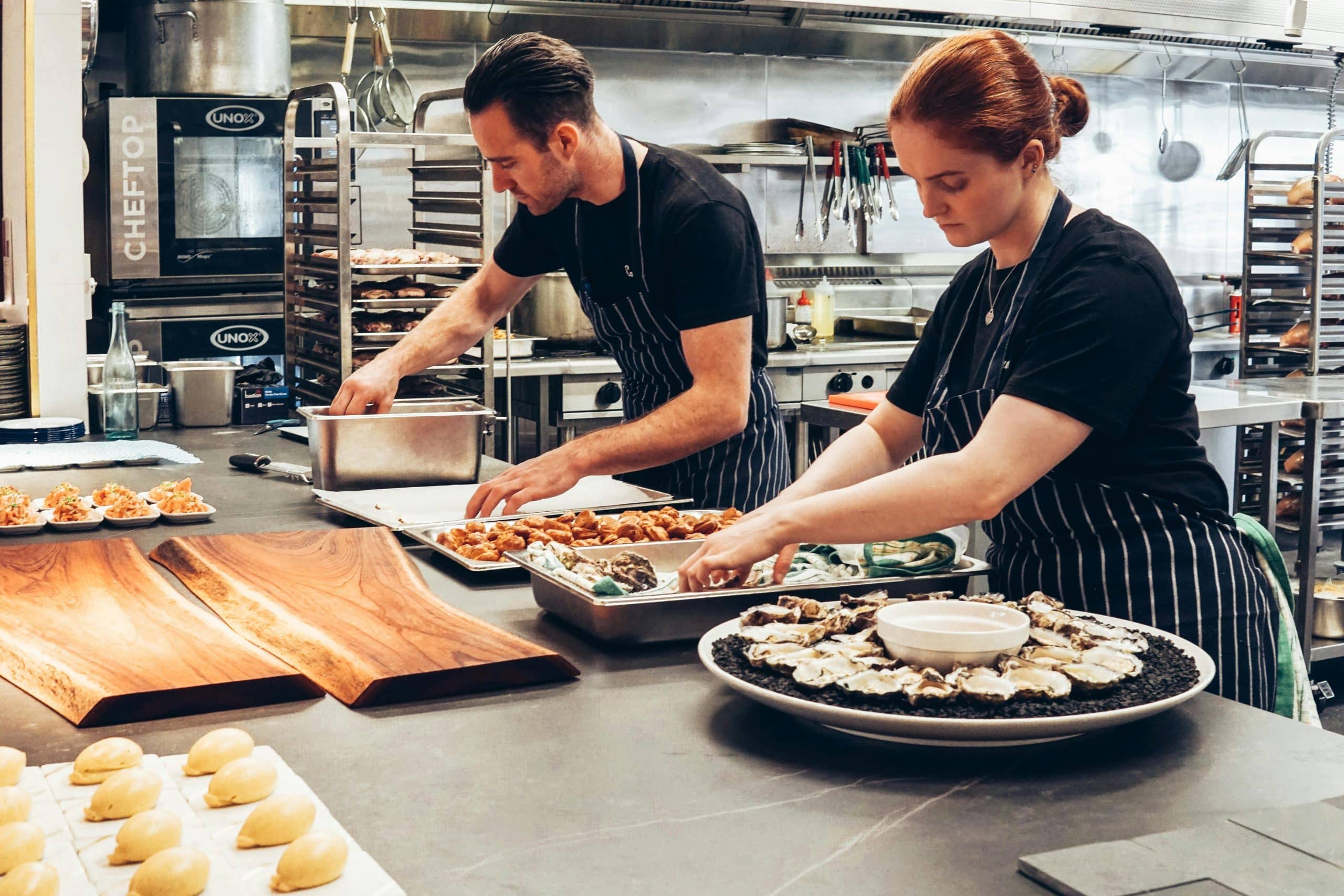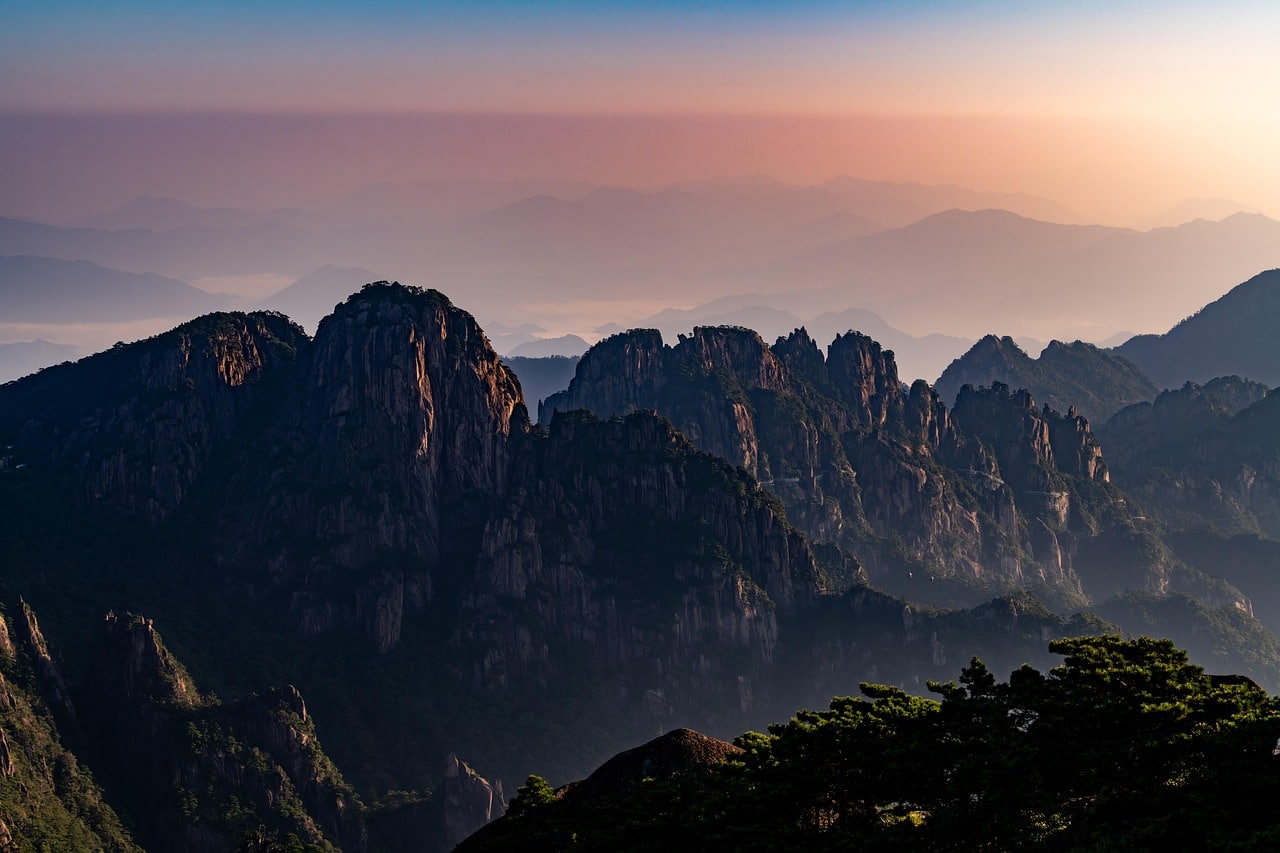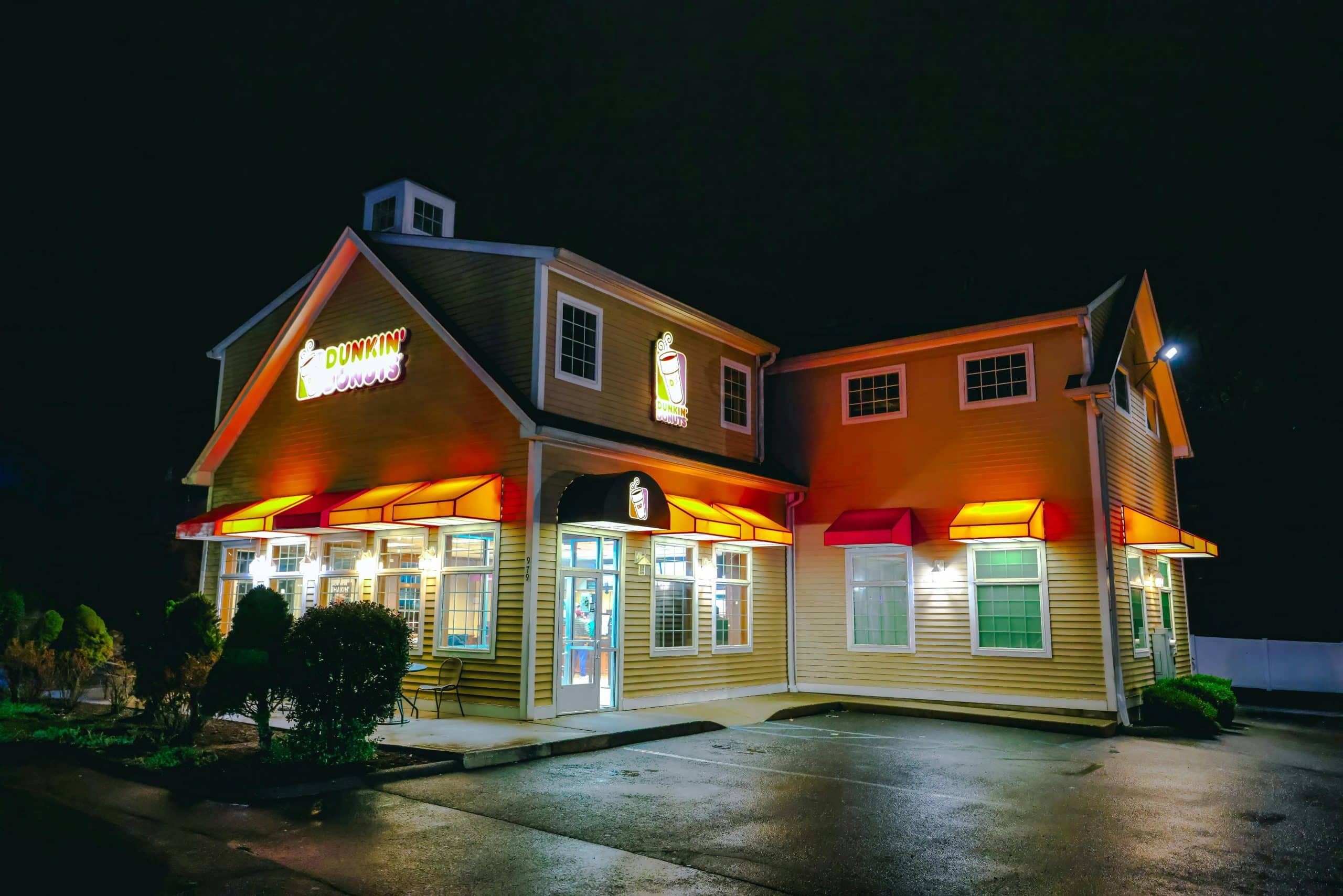In a sudden turn of events, Canadian Prime Minister Justin Trudeau stepped down as the leader of his Liberal Party. He will remain the prime minister until his party picks a new leader. Trudeau, the once-popular celebrity prime minister, has seen his popularity wane even before the coronavirus pandemic in 2020.
He has served as prime minister for nine years, but his party and Canada face an unknown political future. There is rampant speculation about who his successor may be.
Superstar Politician
Trudeau rose to power in 2015 under the slogan “sunny ways.” He was young, dashing, and the son of former Prime Minister Pierre Trudeau. He touted himself as a feminist, an environmentalist, and a supporter of refugee and Indigenous rights. The younger Trudeau enjoyed a protracted “honeymoon” phase after he was elected as a favorite of Canadians who supported climate change and electoral reform.
He introduced the country’s first gender-balanced cabinet. He helped design a national carbon tax program that included consumer rebates. And in stark contrast to President Trump’s temporary ban on travel to the United States from some Muslim countries, Trudeau posted on social media. “To those fleeing persecution, terror & war, Canadians will welcome you, regardless of your faith. Diversity is our strength.”
He helped create a National Day for Truth and Reconciliation for Indigenous Canadians, which was an attempt to correct the mistakes of two centuries of colonialism that included sending Indigenous children to residential schools where they suffered abuse and sometimes death.
Trudeau Faces Opposition
However, there were signs as early as 2017 that the political winds were turning on Trudeau. It all started with opposition to his carbon tax by Western Canadian energy companies. In 2017, an ethics commission found that he had run afoul of conflict of interest rules pertaining to a free vacation that he failed to disclose. And in an accusation that dated back to 2000, he was accused of groping a reporter: an allegation he vigorously denied.
2019 saw a further erosion of his popularity. First, images surfaced of two occasions in his past when he had donned black face paint. Professionally, a federal elections commission ruled that Trudeau had attempted to undermine and discredit his former justice minister in a criminal case. This all led to the 2019 federal election, where he and his Liberal Party lost their absolute majority in parliament.
The next year, Trudeau pushed for restrictive measures during the coronavirus pandemic, and for this, he was derided by his Conservative critics. However, it should be noted that most of the restrictions were mandated by the provincial governments. The frustration of being in the minority caused a still popular Trudeau to call for elections in 2021, but it again resulted in his party falling short of a parliamentary majority. It forced him into an agreement with the progressive New Democratic Party (NDP) that allowed him to form a government and pass his budgets while having to make concessions to the NDP.
COVID issues again reared their ugly head in 2022 when protesters shut down Ottawa, the capital, and several border cities. Meanwhile, Canadians also expressed their anger in 2023 over the high cost of housing and spiraling unemployment. The assassination of a British Columbian Sikh community leader caused a rift with India. In the fall of 2024, the NDP peeled back some of their support for Trudeau, and he also instituted stricter immigration restrictions, which seemed like a backpedal from his earlier position.
The end started last month when the Deputy Prime and Finance Minister, Chrystia Freeland, without warning, quit the Trudeau government. Once the freefall started, he was forced to resign as party chair and call for a March session of Parliament.
What’s Next for Canada and Trudeau
The timeline to replace Trudeau is still in flux. Canada’s next general election had been set for Oct. 20, 2025. However, when he announced his resignation, he also said that Parliament would be suspended until March 24. When that session begins, rival parties will immediately call for a non-confidence vote, which will force a general election. Semra Sevi, an assistant professor of political science at the University of Toronto, tells NPR. “An election could be called as early as late March 2025.”
Candidates to succeed Trudeau include:
- Conservative Party leader and former cabinet member Pierre Poilievre.
- New Democratic Party leader Jagmeet Singh.
- Recently resigned finance minister Chrystia Freeland.
- Former head of the Bank of England and Bank of Canada, Mark Carney.
- And current Transport Minister Anita Anand.
Unlike in past situations where a prime minister was replaced, there is no hugely popular candidate to replace Trudeau. One of the key issues the next leader will have to face is responding to Trump’s threat of imposing up to 25% in new tariffs on Canadian goods. Adding fuel to the fire is Trump’s insipid new nickname for Canada: US’s 51st State.
As for Trudeau, his first goal is to spend more time with his children (Xavier 17, Ella-Grace 15, and Hadrien 10). He has always expressed his love and affection for his children, and he and his former wife, Sophie Grégoire, have always worked hard at their co-parenting responsibilities. At 52, Trudeau is young enough to launch another career or two. It will be curious to see what the future holds for the future ex-prime minister.

